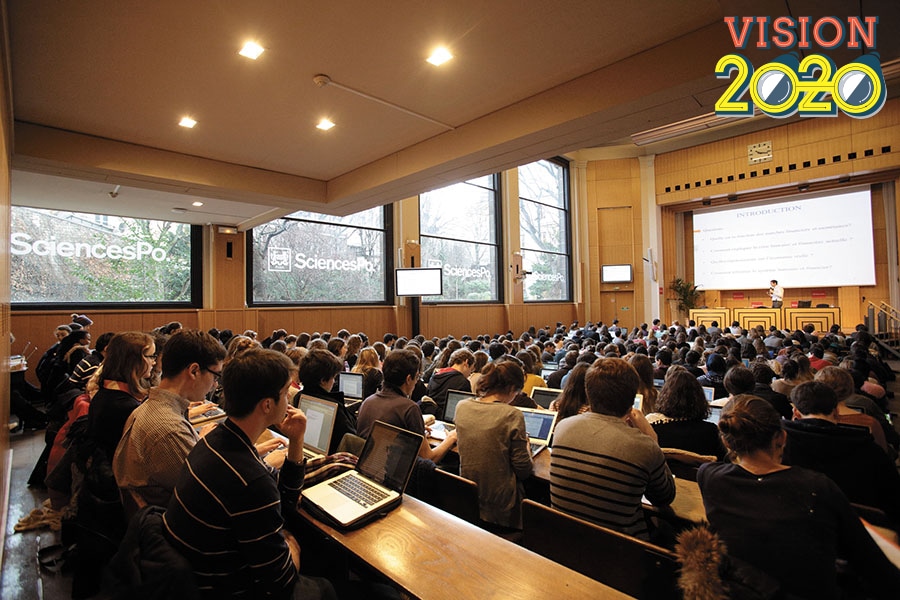How Edtech became personalised in the 2010s
The integration of technology started with improving classroom experiences and reached adaptive learning platforms that students can personalise, says Toppr's Zishaan Hayath
 Video projectors and large screens in classrooms helped leverage a large repository of digital content
Video projectors and large screens in classrooms helped leverage a large repository of digital contentImage: Andia/Universal Images Group Via Getty Images
We are in an era where unprecedented ideas are unfolding in education, driven by technology. Digitising learning content has been imperative, keeping in mind affordability, accessibility and inclusiveness of the large trainable youth population. The internet is being used to reach this diverse population in the remotest corners, and advanced tech is being used to create new learning experiences.
If we look at the new technology accessible to teachers and students today, then we would agree that the accepted way to teach and learn has changed. It is undeniable that education has evolved so much, and technology has opened up the world a lot for both students and teachers. In this article, we explore the journey of edtech through this decade that saw it evolve from smart classes to personalised learning apps on smartphones.

EDTECH SOLUTIONS WERE DESIGNED AROUND IMPROVING THE CLASSROOM EXPERIENCE AND HELPING TEACHERS
Integration of technology in the learning and education system is evidently the greatest change in education in the past decade. The earliest technology innovations for schools were created around providing software and hardware to make the classroom experience better. More emphasis was put on the use of rich multimedia content as a teaching tool inside classrooms.
We saw more and more teachers making use of overhead projectors and videos during their lessons. This was then considered to be a revolutionary in-classroom technology, leveraging a large repository of digital content across virtually all subjects from kindergarten to Class 12.
This new technology helped schools with better educational resource planning and helped teachers with better lecture delivery. Performance management and tracking systems enabled teachers to measure the progress of students systematically. Such classrooms were called “smart classes”. Progress in technology, however, has led to much more.
INTERNET SHIFTED FOCUS FROM CLASSROOMS TO VIRTUAL CLASSROOMS WITH DIGITISED CONTENT
Smart class solutions faced challenges like high set-up cost, hardware maintenance and non-payments by institutions. As a result, edtech companies started moving to asset-light models. Digitisation of learning material and availability on platforms, including YouTube, followed the wave of smart classes.
(This story appears in the 17 January, 2020 issue of Forbes India. To visit our Archives, click here.)














